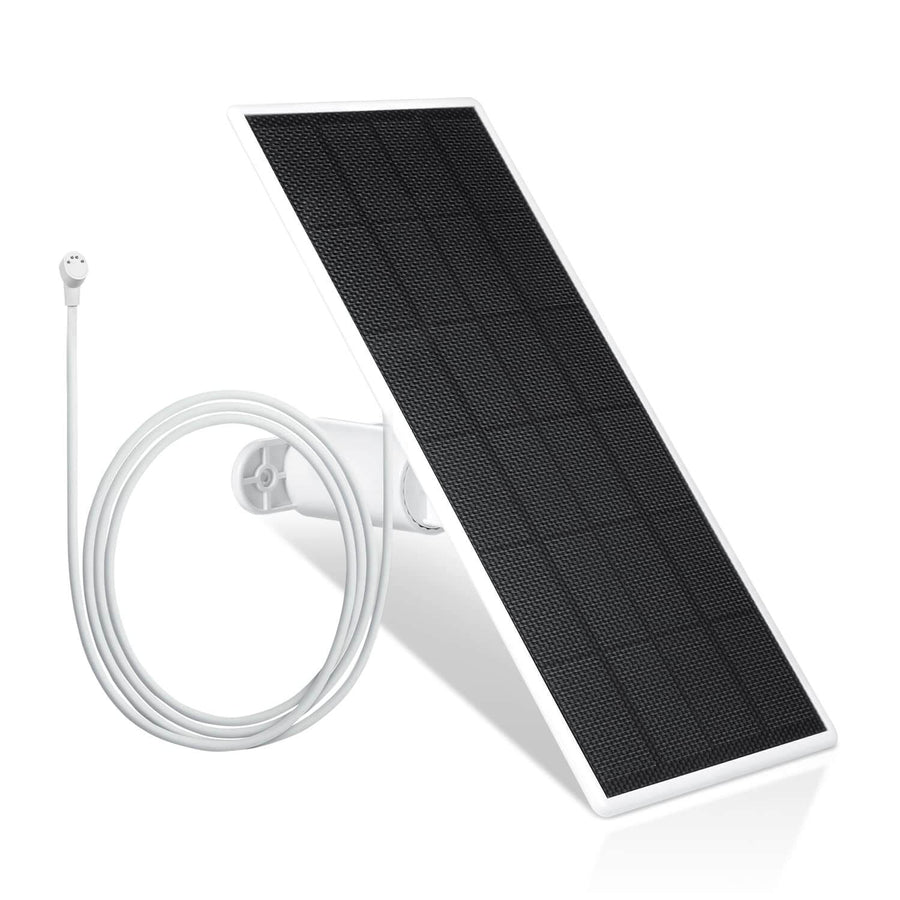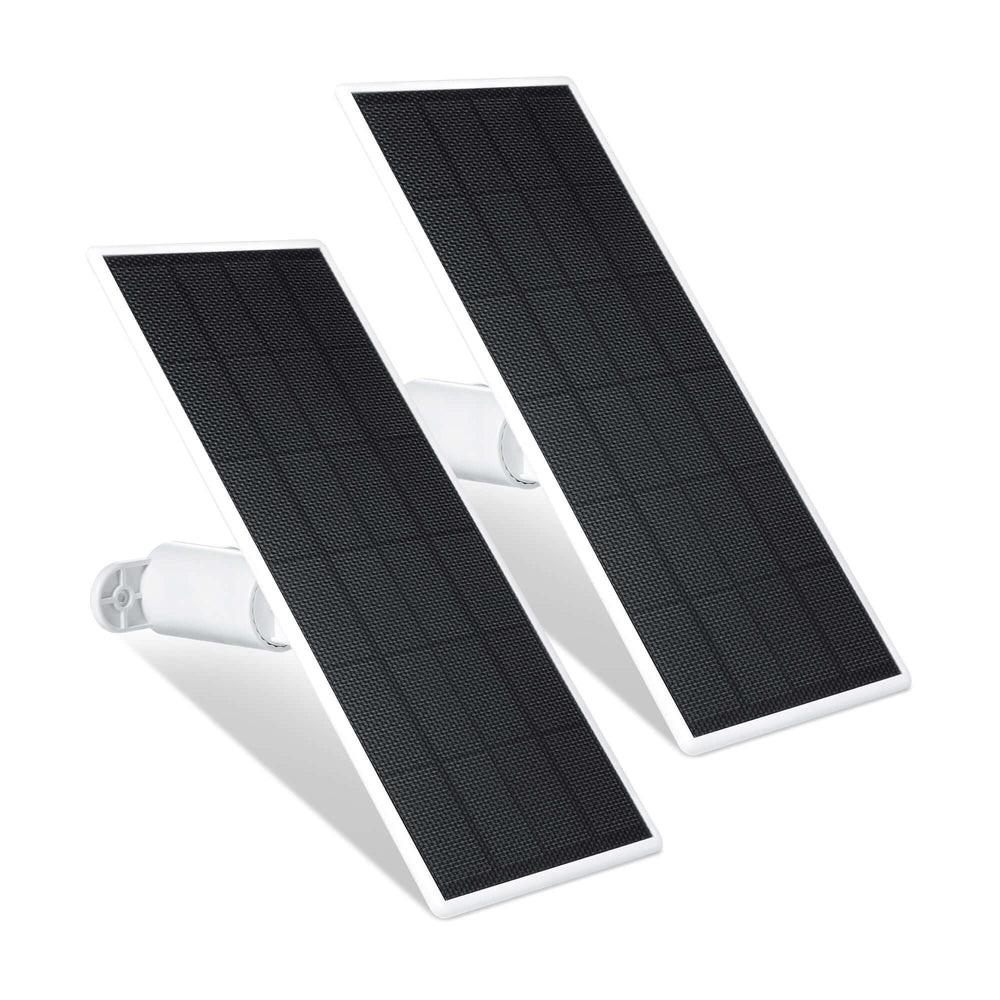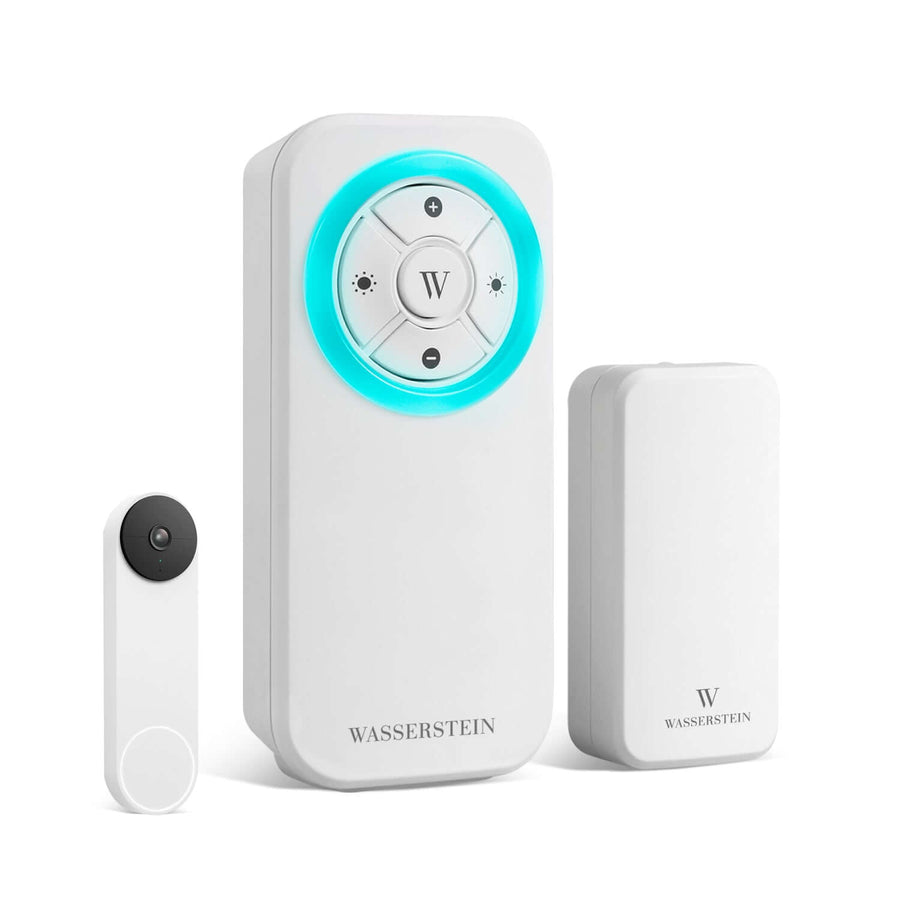How To Detect Hidden Camera: Methods You Need to Know
In an age where surveillance technology is both affordable and discreet, knowing how to detect hidden cameras is essential. From Airbnb rentals to hotel rooms, changing rooms, and even private homes, hidden cameras pose a significant threat to personal privacy. While some hidden cameras are used legally for home security, many are installed for more malicious reasons, such as voyeurism, blackmail, or unauthorized surveillance. This comprehensive guide will teach you how to detect hidden cameras, the tools and methods available, and how to check for hidden cameras in various environments, including hotel rooms and Airbnbs, and what steps to take if you find one.
Why It’s Important to Detect Hidden Cameras

Hidden cameras can be small enough to fit inside inconspicuous objects like smoke detectors, alarm clocks, stuffed toys, picture frames, or USB chargers. These hidden cameras can be disguised as everyday items, blending seamlessly into common household objects. There are smart cameras that can record footage locally to SD cards, while others connect to the internet, allowing real-time surveillance. Whether you’re traveling, renting a property, or simply want to protect your own home, the ability to detect hidden devices can protect your privacy, safety, and peace of mind.
Common Locations Where Cameras Are Found

Hidden cameras are often installed in locations where people expect privacy. Some of the most frequent hiding spots include:
- Inside smoke detectors
- Alarm clocks and electronic devices
- Picture frames or wall decor
- Vents and air purifiers
- Two-way mirrors
- Stuffed toys and plants
- USB chargers and power strips
- Bathroom items like showerheads or toilet seats
Most hidden cameras are installed in private areas such as bedrooms, bathrooms, dressing rooms, and hotel rooms. However, they can also appear in waiting rooms or public spaces, although their presence in such locations is typically legal. You may find hidden cameras more often in sketchy areas, like the 10 Most Dangerous Cities in America.
Legal vs. Illegal Hidden Cameras
In the United States, it's generally legal to use security cameras in common areas such as living rooms or entrances—especially when proper disclosure is made. However, installing secret cameras in private spaces without consent is a serious violation of privacy laws. Spying devices placed in dressing rooms, bathrooms, or bedrooms are illegal, especially if they are used to record private conversations or intimate activities. If you detect hidden cameras in these areas, raise this to your landlord and confirm whether these were installed with their permission. If not, contact local law enforcement immediately.
How to Detect a Hidden Camera Without a Device
Detecting hidden cameras doesn't always require specialized equipment; you can still detect hidden cameras using simple, manual methods. These low-tech approaches rely on your observation, attention to detail, and a few clever tricks. They are particularly useful when traveling or in unfamiliar spaces where you suspect hidden surveillance may be present.
Visual Inspection
Finding hidden cameras can be challenging, but it starts with looking for objects that seem out of place, especially in areas where privacy is expected. Focus on:
- Small holes that could conceal a camera lens, often located in corners or among decorative patterns
- Wires running to seemingly inactive devices or devices placed in unusual locations
- Inconspicuous objects facing beds, showers, or mirrors, such as smoke detectors or stuffed animals
Take your time and be methodical. Look at each item in the room individually and consider whether it belongs or appears out of place. Remember, many hidden cameras are disguised to look like everyday objects.
Unlike relying solely on technology, using your eyes and intuition is often the first line of defense.
Turn Off the Lights and Look for Red or Green Lights

Turn all the lights off in the room and shine a flashlight slowly around suspicious areas, including vents, picture frames, and air purifiers. Most hidden cameras have lenses that will reflect light differently than other surfaces. If you notice a glint or sparkle where there shouldn’t be one, it could indicate the presence of a camera lens.
Try viewing the reflection from different angles. A steady reflection from a specific point often signals the lens of a hidden camera.
Listen for Unusual Sounds
Some hidden devices, especially older models or those using analog technology, emit faint clicking or buzzing sounds. These sounds can sometimes be heard in quiet environments. Move close to electronic devices and listen carefully for unusual noises.
If you hear persistent or periodic sounds that don’t match the room’s natural ambiance or known devices, investigate further.
Conduct a Mirror Test
To determine if a mirror is a two-way mirror, place your fingernail against it. If there is no gap between your nail and its reflection, the mirror may be see-through from the other side. Such mirrors are sometimes used to conceal cameras.
Additionally, tap the surface. A true mirror will sound solid, while a two-way mirror often sounds hollow or produces an echo.
How to Detect Hidden Cameras Using Technology
Technology offers powerful tools to help identify hidden cameras that may be difficult to spot with the naked eye. From smartphone tricks to advanced detectors, here are several tech-driven ways to uncover spy devices around you.
Use Your Smartphone Camera
Your smartphone camera, especially the front-facing camera, can detect infrared lights emitted by many hidden cameras used for night vision. In a dark room, use your camera to scan areas where a spying device might be located. Infrared LEDs will often appear as blinking lights or glowing dots on your phone screen.
To increase accuracy, scan the room slowly and methodically, starting with likely hiding spots such as smoke detectors, USB chargers, or alarm clocks. Test your smartphone's capability beforehand by pointing it at a working TV remote and checking if it picks up the IR beam.
Use a Hidden Camera Detector App
There are several hidden camera detector apps available for Android and iOS. These apps claim to scan for unusual radio signals, infrared lights, or Bluetooth activity. Some reliable options include:
- Fing (for Wi-Fi network scanning)
- Hidden Camera Detector
- Glint Finder
- DontSpy 2
These apps work best in tandem with other detection methods. For example, Fing not only reveals devices connected to your network but also helps you identify unexpected or unauthorized connections.
Note: These apps should be downloaded only from trusted sources like the App Store or Google Play to avoid installing malware.
Scan Wi-Fi Networks for Hidden Devices
Many hidden cameras connect to the Wi-Fi network to transmit video. Apps like Fing can show connected devices on the same network. If you see strange device names like "IPCamera" or "InteriorCam," they may belong to a spy camera.
Look for MAC addresses that don't match known devices. You can even turn off your known devices temporarily to isolate unknown connections. This method works best in environments where you control the network (e.g., your home). In public or shared spaces like hotels, it may be less reliable due to many other electronic devices sharing the same network.
Use a Professional RF Detector
An RF detector (Radio Frequency Detector) scans for radio signals typically emitted by hidden cameras, detecting the hidden camera's signal. These are effective in spotting devices that transmit data wirelessly, especially when other electronics are unplugged to reduce interference.

To use an RF detector:
- Turn off all other electronic devices
- Slowly move the RF detector around the room
- Focus on objects like alarm clocks, picture frames, USB chargers, and electronic devices
- If the detector beeps or lights up, investigate further
High-end RF detectors can also identify frequencies used by Bluetooth, Wi-Fi, and cellular networks, making them especially useful in crowded signal environments.
Use an Infrared Detector or Lens Detector
Infrared scanners or lens detectors are tools that help you spot cameras by detecting the infrared light reflected from their lenses. These tools emit specific light patterns that reflect off a camera lens, even if the lens is hidden behind a cover.
To use them effectively, turn off the lights in the room and scan slowly. You may notice a faint reflection even if the camera is hidden behind a plastic cover or embedded in everyday objects.
A good lens detector or infrared detector is small and portable, making it easy to travel with. While not foolproof, such devices offer an extra layer of protection when locating hidden cameras in unfamiliar settings.
Look for Signal Interference
Make a call with your cell phone and slowly walk around the room. If you experience static, sudden drops in signal, or noise interference, it may be due to a nearby hidden camera’s signal. Kitchen appliances can interfere with RF detectors, so unplugging them can help ensure accurate detection.
Some older wireless cameras emit low-frequency signals that can interfere with phone calls or even cause a humming noise in audio devices. While not a definitive test, this method can serve as a clue when combined with others.
What to Do If You Find a Hidden Camera
If you manage to find a hidden camera or suspect the presence of spy cameras, act cautiously and follow these steps:
- Document the evidence: Take photos and videos of the camera and its surroundings.
- Do not touch it: Leave the device as-is to preserve fingerprints or other forensic evidence.
- Block the camera’s view: Use a towel or piece of cloth if you cannot leave the area immediately.
- Leave the location: If you feel unsafe, vacate the premises.
- Contact local law enforcement: Report your findings and follow their instructions.
- Notify the owner or platform: If you’re in a hotel or Airbnb, inform the staff or host through official channels.
How to Prevent Hidden Camera Surveillance
Whether you’re traveling or at home, there are a few things you can do to stay protected: Hidden cameras often require a power source to function effectively.
- Carry a hidden camera detector: Compact RF detectors or lens finders can easily fit into a bag.
- Use a portable webcam cover: Prevents your own devices from being used against you.
- Inspect all rooms: Especially private areas like bathrooms and bedrooms.
- Cover suspicious devices: Use tape or cloth to block any unwanted camera’s view.
- Use your own Wi-Fi hotspot: Avoid connecting to unfamiliar or public Wi-Fi networks.
Alternative Ways to Stay Secure
In addition to detection and prevention, there are alternative strategies and tools you can use to enhance your privacy and protect yourself from surveillance:
- Use a Faraday bag: These signal-blocking bags prevent unauthorized communication from any hidden devices you may unknowingly carry or encounter.
- Invest in a Wi-Fi jammer: Where legal, jammers can disrupt wireless connections used by hidden cameras. Always check local laws before using such devices.
- Upgrade to a smart home security system: Protect your own space with high-quality security cameras that alert you to any unusual activity.
- Use privacy screens or enclosures: Portable changing tents or privacy curtains are great when using public or shared spaces.
- Install motion-activated alerts: Motion sensors in conjunction with your smart home system can warn you of movement in private areas.
- Avoid public or unsecured networks: Stick to private or mobile hotspots to reduce the risk of being watched through a compromised network.
FAQ
What is the easiest way to detect hidden cameras?
Using your phone camera to scan for infrared lights in a dark room is the fastest and easiest method.
Do all hidden cameras have a red light at night?
Not always. Many hidden cameras emit invisible infrared lights for night vision, which are only visible via a smartphone camera.
Can my phone detect hidden cameras?
Yes. You can use your cell phone to visually scan for camera lenses and also use smartphone apps that detect radio signals or infrared.
Are hidden cameras illegal in Airbnb and hotels?
Only in common areas and with clear disclosure. Hidden cameras can be legal in hotel lobbies. Cameras in private areas are illegal.
Can hidden cameras be battery-powered, or do they always need Wi-Fi?
Yes. Many hidden cameras record footage locally to SD cards and don’t need an internet connection.
Are there hidden cameras in public bathrooms?
No. Surveillance in private spaces such as bathrooms is illegal, even if the camera is visible.








Leave a comment